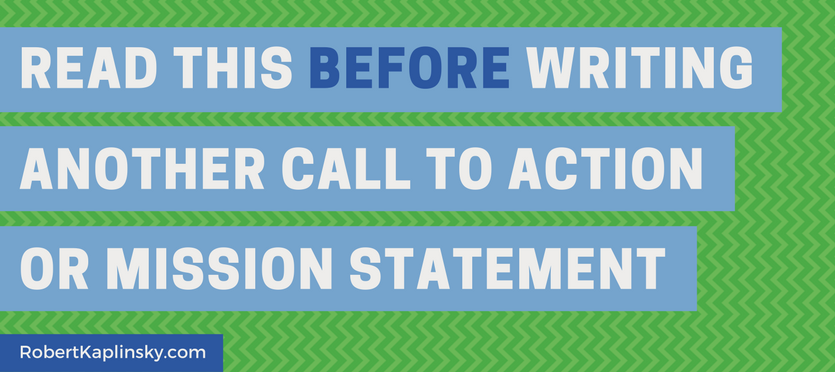I’m going to begin with a bold statement. I think that many schools and districts have mission/vision statements that are essentially useless. I believe that the same goes for many calls to action that you see in presentations… and I am not immune either. So, if you’re not sure where yours stands or want to improve it, then this blog post is for you.
I also don’t normally begin blog posts by telling you to read someone else’s blog post, but Greg McKeown, the author of Essentialism, wrote a fantastic breakdown about the pertinent factors. So, read it, nod your head a few dozen times, and then come back to this post so we can take a look at how they apply to education.
- The 2×2 grid helps you get a much better sense of what you want versus what you have.
- The mission/vision statement’s purpose is to give people an extremely clear idea of what you’re after.
- The mission/vision statement needs to be measurable so you can see what still needs to be done.
For example, here’s the top Google search result for “school district mission statement”:
The mission of the __________ Unified School District is to ensure learning and success for each student by providing a quality education.
With all due respect, what does that even mean? If you asked staff in this school district to explain in detail what a “quality education” is, do you think you would get anywhere close to a consistent answer? My guess is no.
Similarly, so many districts list “college and career readiness” in their mission statements. Yet, if you ask staff in those districts to write down what the attributes of a college and career ready student are, they will likely be all over the place.
This is not a trivial problem. Just like people using ropes to pull an object in all different directions, when people are not pulling towards the same specific goal, they are much less likely to accomplish what they’re after.
As a contrast, consider this mission statement I made up:
Every student will graduate being able to use evidence to justify their reasoning orally and in writing.
It is both very specific (so that all staff members can determine whether their actions are supporting this mission) and somewhat inspirational (wouldn’t it be amazing if every citizen could use evidence to justify their reasoning?!). Clearly there is room for improvement, but it’s headed in the right direction.
I soon got my chance when I was invited to do a ShadowCon talk on the difference between Power and Influence and the importance of empowering others. It’s my favorite talk I’ve ever given, and you can watch it here if you like. At the end, I shared my call to action: “Start with one person who has less power than you and do one act to empower them.” I liked it because, as Greg McKeown explains, it “[gave] people an extremely clear idea of what [they’re] after” and because it was “measurable so you can see what still needs to be done.” I also felt like it was a good balance of specific and inspirational.
I’m looking forward to your feedback, so let me know what you think. What did I get right? Where am I mistaken? Please let me know in the comments.


I appreciate the critique of vague, lofty, platitude-filled mission and vision statements. I’d add, though, that a bad goal isn’t improved by making it concrete and measurable. I know a school district that, for many years, had a heavily publicized “vision” of being in the “top 25%” of districts in the state “based on state tests.” They printed this goal on t-shirts, signs, even the floor mats in the district office. The idea was that if everyone in this district shared a laser-like focus on state test scores, the scores would rise relative to other districts. They didn’t, and the vision was eventually dropped.
Great addition. It reminds me of a time I saw a parent turn to her son during a parent conference and say to him, “I told you ‘Do good in school.'” There was no specificity and no path to help him.
So perhaps saying, “Get in the top 25%” is about the same. Nice goal but no way to make decisions about what to do.
Hey, I see I read this blog post some years ago! I still like it. But I want to clarify what I think is wrong with the “top 25 percent” goal. One problem is that, as you’ve noted in other posts, state standardized tests are not a good tool to measure whether students are being well educated. The second is that even if the tests were useful for that purpose, the goal is achievable only if other people’s children, in other districts, do worse than yours. Why would that be a good thing? Why would we not want all children, in every district, to receive an excellent education?
Hi Robert! Thank you for this thoughtful post. I would love to check out your talk on empowerment. It didn’t link in the post. Would you mind responding with the link?
Much appreciation,
Tammy Schultz
Oops. I’ll fix it right now: https://vimeo.com/287521974
Yeah! Thank you! Great stuff!!!